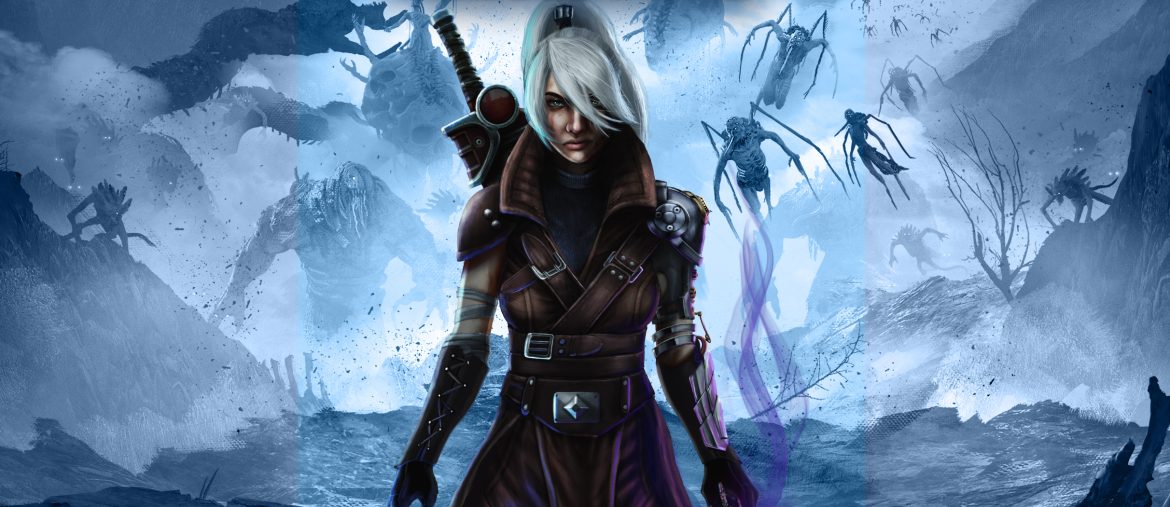TL;DR
Morbid: The Lords of Ire plunges you into a grim, Lovecraft-inspired world filled with gruesome monsters and bloody combat. This sequel boasts updated 3D graphics and a third-person view, a departure from its retro predecessor. While the game offers diverse weapons and playstyles across five nightmarish regions, the core combat can become repetitive due to simplistic enemy AI. Frequent deaths, exacerbated by sparse save points, also lead to frustrating backtracking. Ultimately, Morbid: The Lords of Ire offers an engaging, brutal experience but struggles with the same monotony as its predecessor. Discover if this dark journey is for you – read the full review!
In Morbid: The Lords of Ire, players confront the malevolent Lords of Ire. Armed with formidable weaponry, the game immediately thrusts you into intense combat, challenging you to battle abhorrent monsters and traverse blood-soaked landscapes within a world defined by suffering. Enemies possess a persistent nature, retreating into the shadows only to resurface when the opportunity for revival arises.
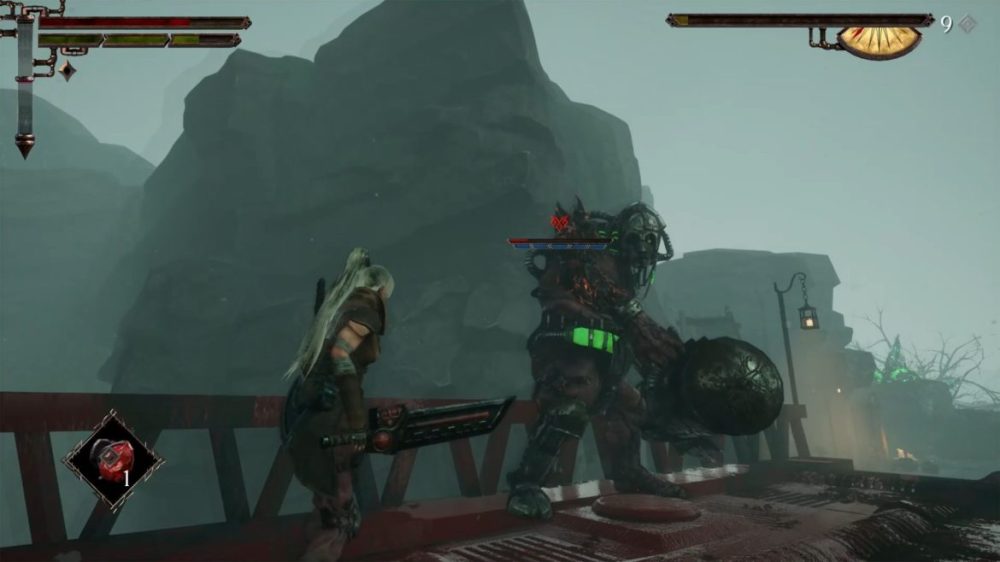
Morbid: The Lords of Ire is a sequel to Morbid: The Seven Acolytes, which was reviewed here four years prior. Given that the original title employed a retro aesthetic with an isometric perspective and pixelated graphics, the connection between the two games wasn’t immediately apparent. Regrettably, criticisms leveled at the original title remain applicable to this installment, as detailed below.
Morbid: The Lords of Ire features refined graphics showcasing brutal and bloody environments. The enemy designs exhibit a distinct and compelling H.P. Lovecraft influence. Shifting from the original’s retro style, this iteration adopts a third-person perspective. Combat is characterized by its visceral nature, with dismemberment and gore being commonplace. Players will explore diverse locales across five distinct regions, each populated by nightmarish visions and terrifying creatures. A variety of weapon types, runes, and blessings accommodate diverse playstyles.
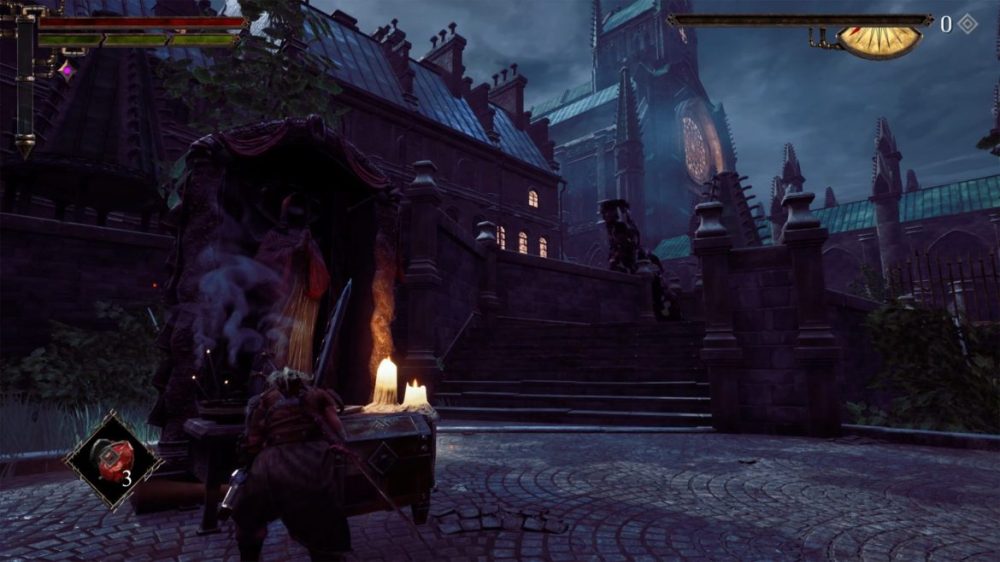
As previously mentioned, a review of Morbid: The Seven Acolytes reveals that Morbid: The Lords of Ire is affected by similar issues to its predecessor. Combat encounters tend to become monotonous relatively quickly. Despite the availability of diverse weaponry and attack options, the enemies exhibit simplistic AI, often moving directly towards the player. Furthermore, enemies possess considerable strength even in the early stages of the game, leading to frequent deaths.
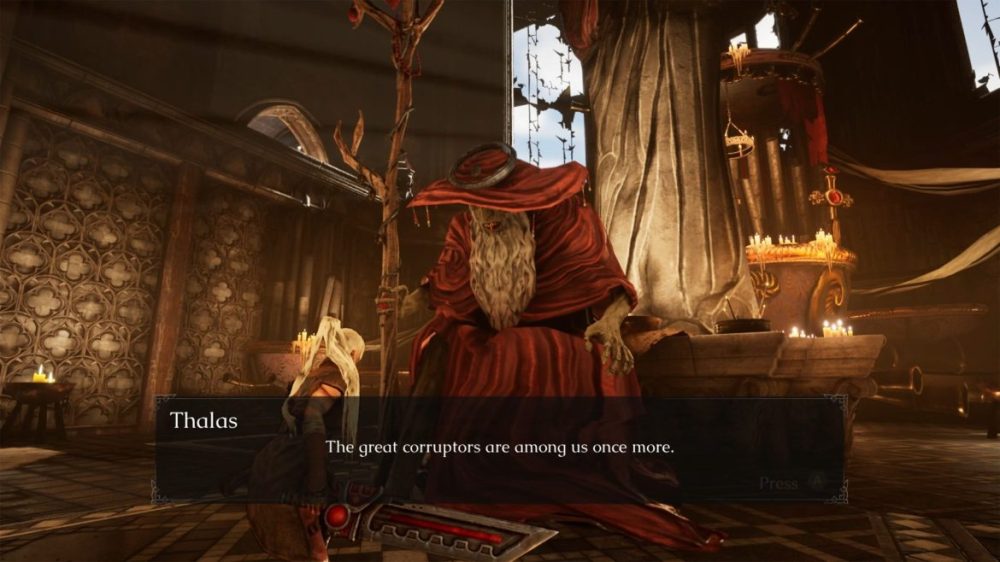
Another significant issue is the considerable distance between save points. Death results in re-traversal of previously cleared areas and repeated combat with the same enemies. While shortcuts can be unlocked to expedite progress—and thankfully, overall progress is retained—this design choice can still lead to player frustration.
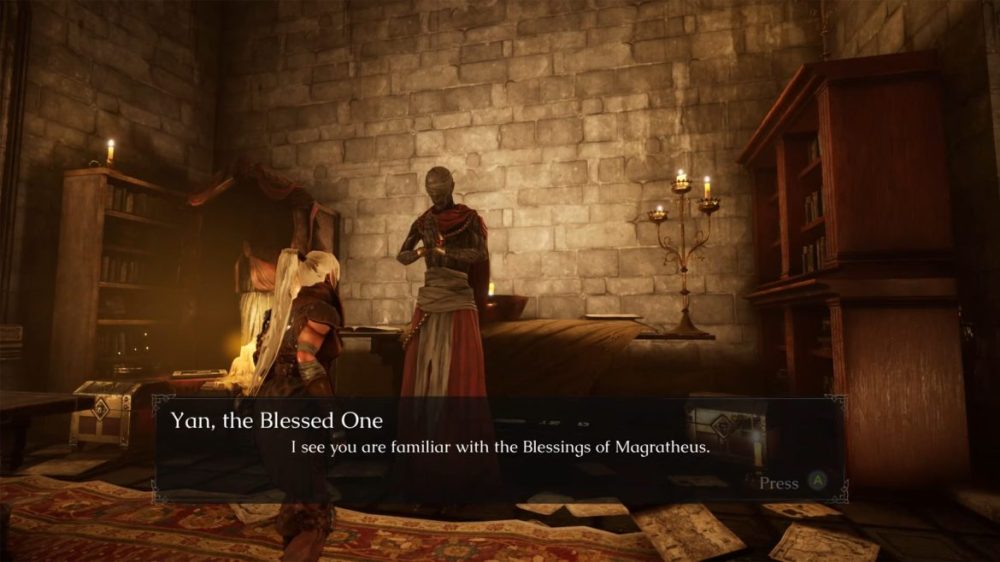
In conclusion, Morbid: The Lords of Ire achieves a middling score, mirroring the assessment of the original game. While the game contains engaging elements, they are ultimately overshadowed by a repetitive structure and monotonous gameplay mechanics.
Merge Games provided a review code for this evaluation. Provision of materials does not influence editorial objectivity.
